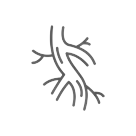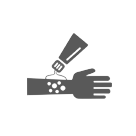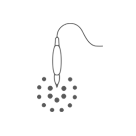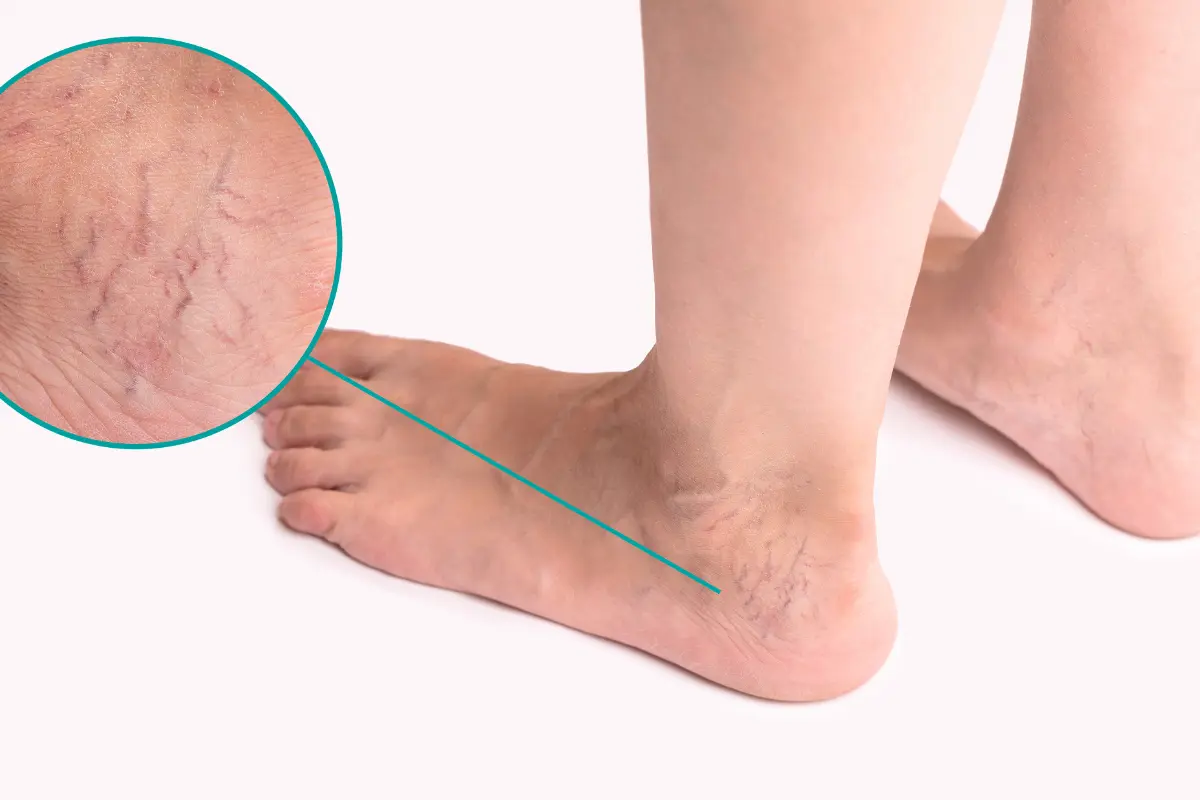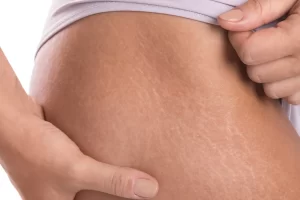What causes spider veins on the ankles?
Have you ever wondered why those pesky spider veins appear on your ankles? Spider veins are a common issue that affects many individuals, especially women. These tiny, dilated blood vessels can be unsightly and may cause discomfort. While they are generally harmless, it’s important to understand the underlying causes behind the appearance of spider veins on the ankles. Several factors contribute to the development of these spider veins, from genetics and hormonal changes to prolonged standing or sitting. Understanding the causes can help prevent and treat this condition, leading to more serious complications if left untreated.
Key Takeaways:
- Poor circulation: Spider veins on the ankles can be caused by poor circulation, which can result from prolonged periods of standing or sitting, pregnancy, or being overweight.
- Genetics: Family history plays a significant role in the development of spider veins, so individuals with a family history of the condition are more prone to developing spider veins on their ankles.
- Hormonal changes: Hormonal factors, such as puberty, pregnancy, or menopause, can contribute to the development of spider veins on the ankles due to changes in hormone levels that affect blood vessel health and function.
- Genetics can play a role in developing spider veins. 2. Aging can cause weakening of the vein walls. 3. Hormonal changes, such as during pregnancy, can contribute. 4. Standing or sitting for long periods can increase risk. 5. Obesity and lack of exercise can be factors. 6. Sun exposure and certain skin conditions can also contribute.
Understanding Spider Veins
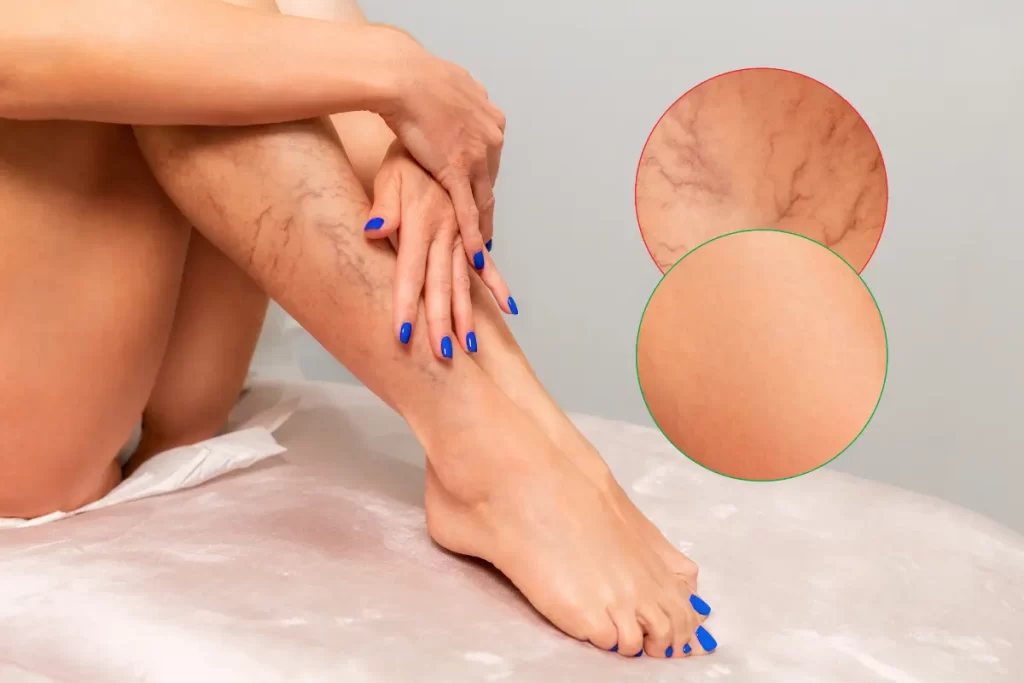
To fully understand spider veins, it is important to delve into their definition, characteristics, and how they differ from varicose veins. This knowledge will better equip individuals to identify and address this common venous condition.
Definition and Characteristics
Characteristics of spider veins include the appearance of small, thin, red, blue, or purple lines and webs on the surface of the skin. These veins may resemble a spider’s web, hence the name “spider veins.” They are typically found on the legs and face, and while they may not pose a significant health risk, they can be a source of cosmetic concern for many individuals.
Differences Between Spider Veins and Varicose Veins
With spider veins being small, thin, and close to the skin’s surface, they are often mistaken for varicose veins. However, unlike varicose veins, which are larger and more prominent, spider veins are typically not associated with symptoms like pain, swelling, or discomfort. It is important to differentiate between the two as the treatment approach may vary based on the type of venous condition present.
It is crucial to seek medical advice if you experience the symptoms associated with varicose veins, as they can indicate a more serious underlying venous issue. Understanding the differences between spider veins and varicose veins can help individuals make informed decisions regarding their venous health. For more info regarding general Spider Veins, please refer to our guide on spider veins or call us for a personal consultation!
Causes of Spider Veins on the Ankles
Now, spider veins may be caused by a variety of factors, including genetics, hormonal influences, lifestyle and environmental factors, and circulatory problems. Let’s delve deeper into each of these potential causes.
Genetic Factors
The development of spider veins on the ankles can be heavily influenced by genetic factors. Individuals with a family history of spider veins are more likely to develop them themselves. Additionally, if a close family member has varicose veins, the risk of developing spider veins increases. Though genetics play a significant role, other factors can exacerbate the development of spider veins, such as hormonal influences and lifestyle choices.
Hormonal Influences
Genetic predisposition is not the only factor that can lead to the appearance of spider veins on the ankles. Causes of spider veins can also be linked to hormonal influences, particularly in women. Hormonal fluctuations due to pregnancy, menopause, or the use of hormonal birth control can contribute to the weakening of vein valves and the development of spider veins. Additionally, hormone replacement therapy can also increase the risk of developing spider veins.
Furthermore, estrogen has been identified as a contributing factor to the formation of spider veins. This hormone is known to weaken vein walls, making them more susceptible to enlargement and the appearance of spider veins.
Lifestyle and Environmental Factors
For some individuals, certain lifestyle and environmental factors can also play a role in the development of spider veins on the ankles. These factors can include prolonged standing or sitting, obesity, and exposure to the sun. Any activities or conditions that increase pressure on the veins or cause them to dilate can contribute to the formation of spider veins.
A lack of physical activity and a sedentary lifestyle can also impact the development of spider veins. Inactivity can lead to poor circulation, putting additional strain on the veins and potentially leading to the appearance of spider veins.
Circulatory Problems
The circulatory system plays a crucial role in the development of spider veins on the ankles. Conditions that cause poor blood circulation, such as deep vein thrombosis, can contribute to the formation of spider veins. Additionally, any disruptions in blood flow can lead to the appearance of spider veins.
This is why it’s essential to address any underlying circulatory problems and take proactive measures to improve blood flow and vein health. Seeking medical evaluation and intervention can help mitigate the risk of developing spider veins and alleviate existing symptoms.
Risk Factors and Prevention
After learning about the potential causes of spider veins on the ankles, it’s important to understand the risk factors and ways to prevent these unsightly veins from appearing. While some individuals may be more prone to developing spider veins due to their genetic makeup, there are certain lifestyle factors and habits that can play a role in the development of spider veins.
- Family history of spider veins
- Prolonged standing or sitting
- Pregnancy
- Obesity
- Aging
Any individual who falls into one or more of these high-risk categories should consider taking proactive steps to prevent spider veins from forming. One effective way to learn more about prevention and treatment options for spider veins on the ankles and feet is to explore the resources available at Spider Veins on Ankles and Feet – Prevention and Treatment.
Identifying High-Risk Groups
With certain individuals being more susceptible to developing spider veins, it’s important to identify high-risk groups and provide them with tailored information on prevention and treatment. Those with a family history of spider veins or who are pregnant should be especially diligent in taking steps to minimize their risk.
Lifestyle Modifications for Prevention
For individuals who fall into high-risk groups, making lifestyle modifications can be an effective way to prevent spider veins. Regular exercise, maintaining a healthy weight, and avoiding prolonged periods of standing or sitting can all contribute to reducing the risk of developing spider veins. By incorporating these changes into one’s daily routine, they can significantly lower their chances of experiencing this common venous condition.
Lifestyle adjustments play a crucial role in preventing spider veins, particularly for those with a family history of the condition or who are pregnant. Being mindful of daily habits and incorporating healthy choices into one’s routine can have a positive impact on venous health.
Importance of Regular Exercise
Regular exercise is an essential component of preventing spider veins. By engaging in regular physical activity, individuals can improve their circulation and vascular health, reducing the likelihood of developing spider veins. Identifying lifestyle factors that contribute to venous issues and taking proactive steps to address them is crucial for maintaining optimal venous function.
Regular exercise effectively improves venous circulation and minimizes the risk of spider veins on the ankles and feet. Incorporating cardiovascular activities and strength training exercises into one’s routine can significantly improve venous health.
Conclusion: What causes spider veins on the ankles?
From above, spider veins on the ankles can be caused by a variety of factors including genetics, standing for long periods of time, hormonal changes, and even injury. It is important to consult with a healthcare professional or medical esthetician to determine the underlying cause of these unsightly veins and to explore treatment options. By understanding the causes of spider veins on the ankles, individuals can take steps to prevent their development and improve the health and appearance of their legs.
FAQ
Q: What causes spider veins on the ankles?
A: Spider veins on the ankles are commonly caused by a condition called venous insufficiency, which occurs when the valves inside the veins fail to function properly. This causes blood to pool in the veins, leading to the development of spider veins.
Q: Are there any risk factors for developing spider veins on the ankles?
A: Yes, several factors can increase the risk of developing spider veins on the ankles, including genetics, pregnancy, obesity, prolonged standing or sitting, and hormonal changes. Age and sex can also play a role in the development of spider veins.
Q: What are the treatment options for spider veins on the ankles?
A: Treatment options for spider veins on the ankles include lifestyle changes such as exercise and weight management, wearing compression stockings, sclerotherapy, laser therapy, and in severe cases, surgical procedures such as vein ligation or vein stripping. It is important to consult with a healthcare professional to determine the most appropriate treatment plan based on individual circumstances.



